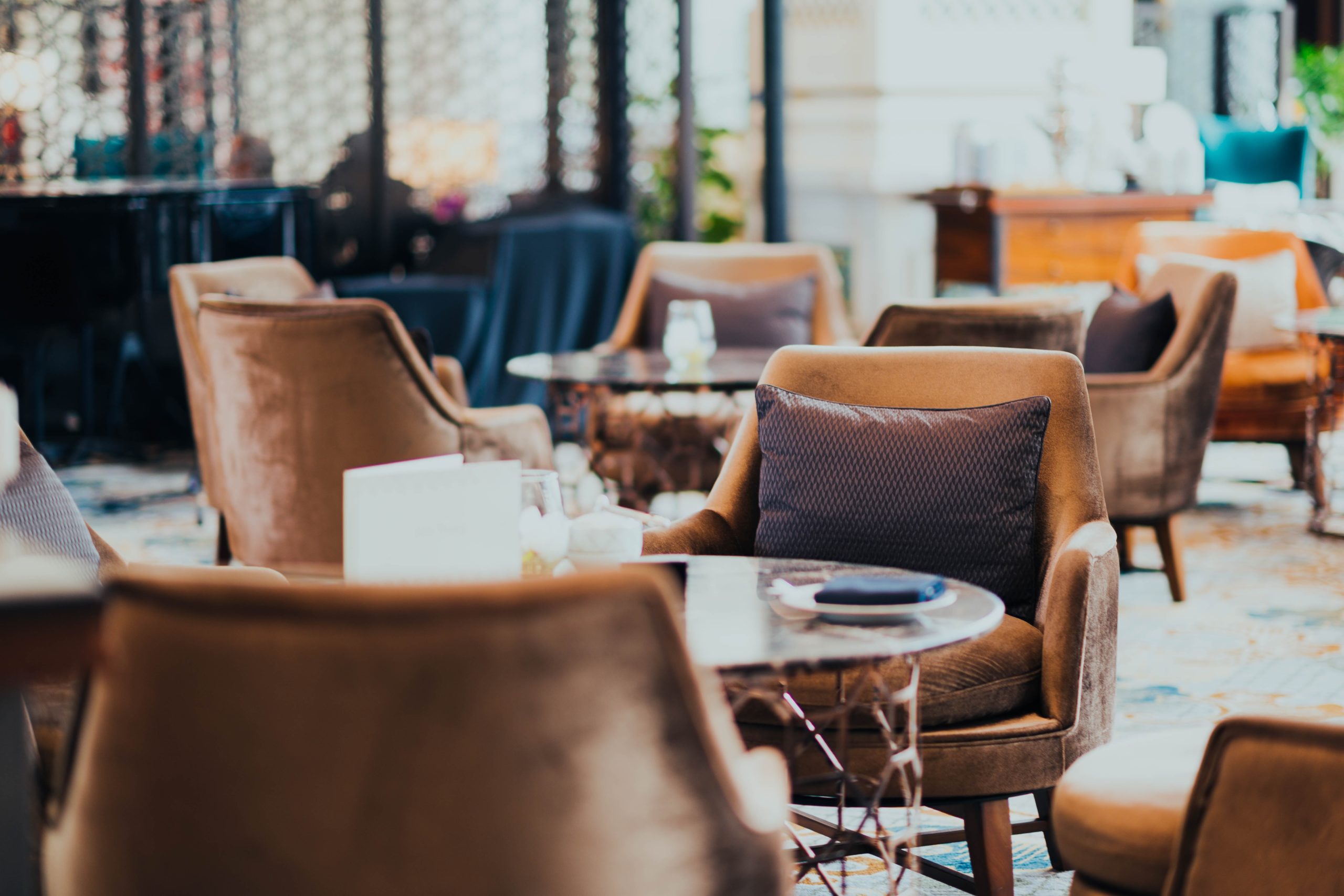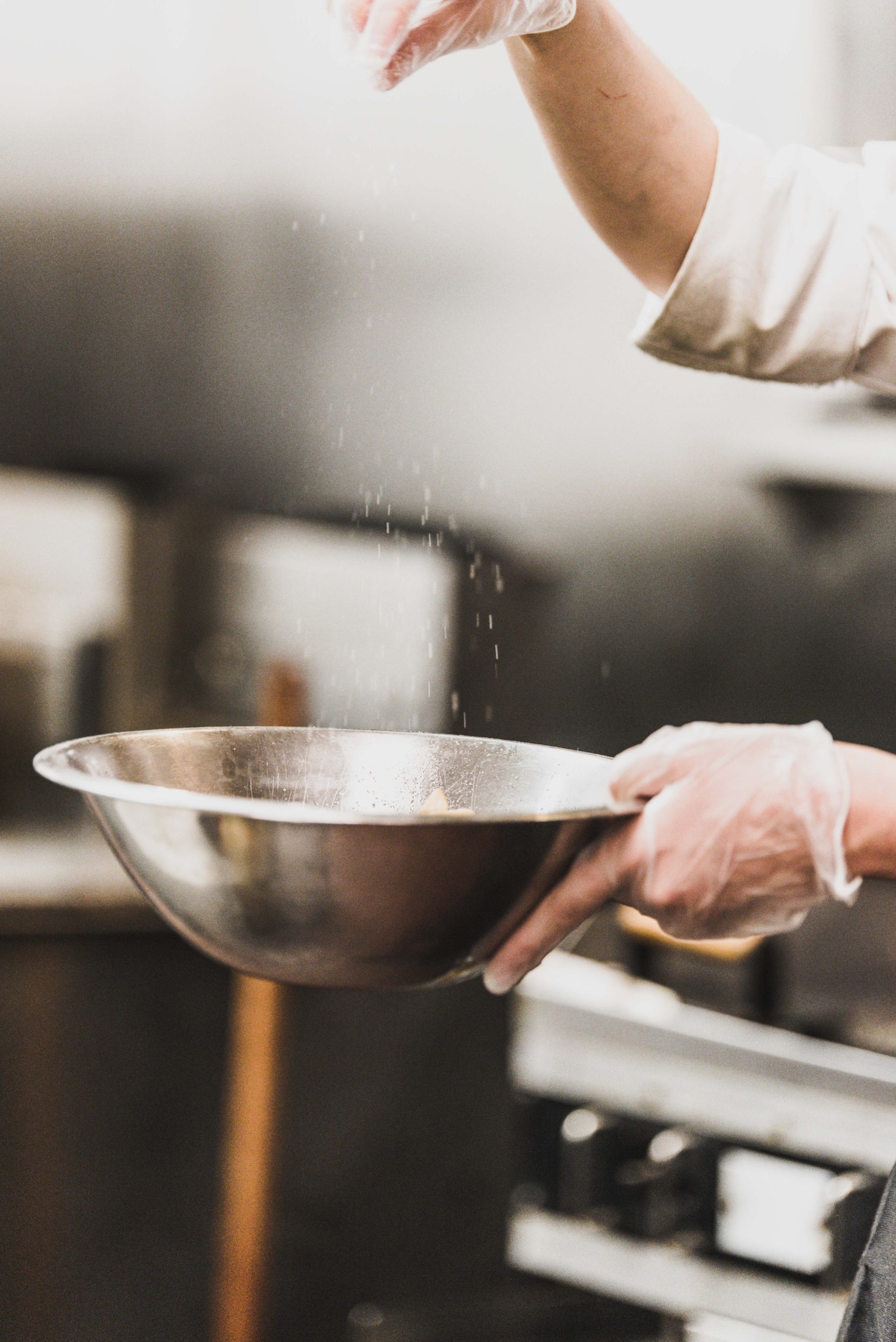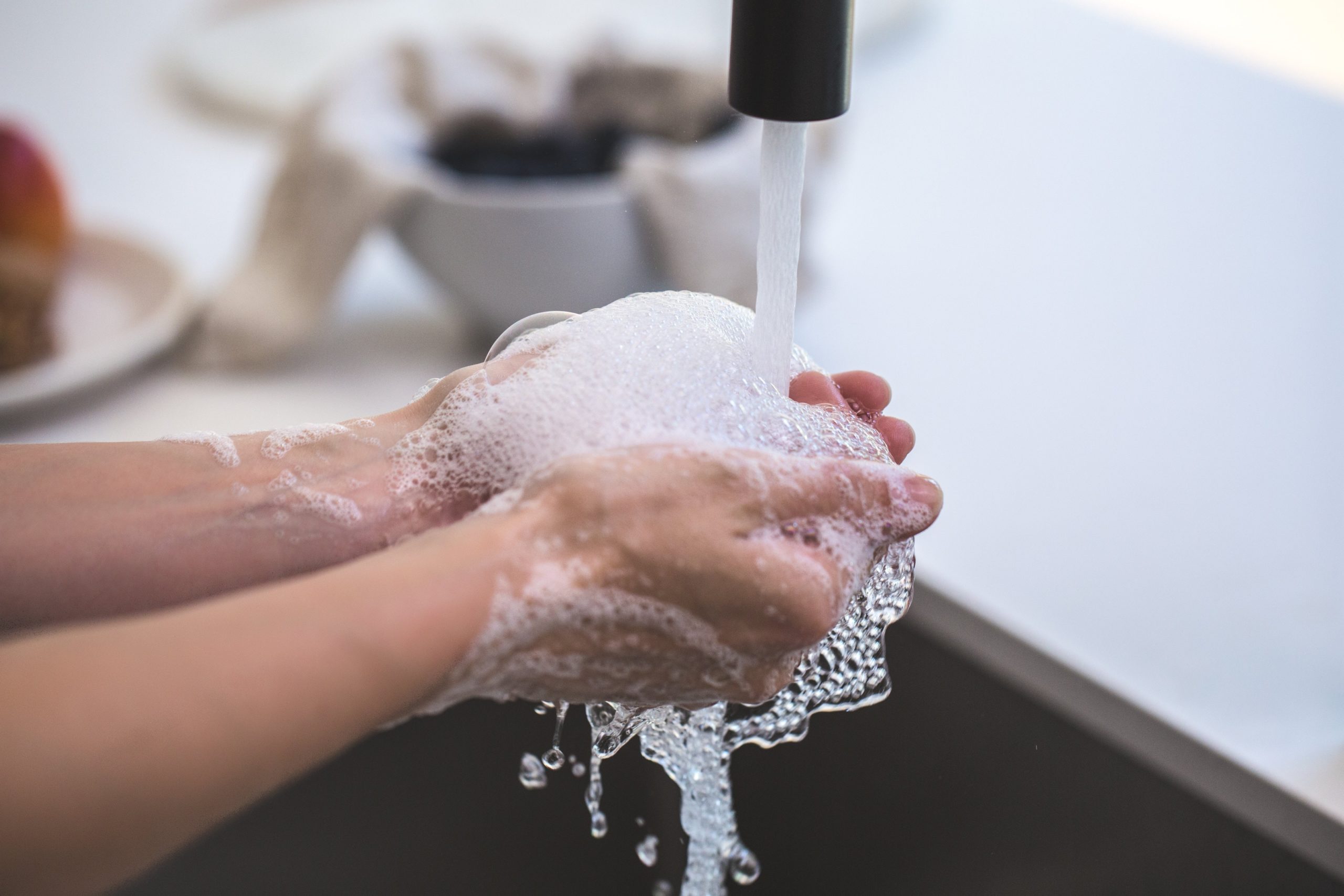Over the past six months, COVID-19 has significantly impacted day-to-day operations in the entertainment & hospitality industry. Recreation facilities, restaurants, hotels and themed entertainment venues have had to limit capacity and work quickly to implement new policies, to ensure guest safety without drastically altering the guest experience.
In our expert article piece, Entertainment & Hospitality: 2021 Design Trends, we reviewed several design considerations to address in entertainment venues in 2021. Here, we begin to explore how these design strategies can be applied specifically in the restaurant industry.
Spaces to Consider:

Entrance & Lobby Space
Over the last six months, COVID-19 has greatly impacted the restaurant industry. As restaurants begin to reopen, guests may notice a variety of changes throughout their dining experience. Many restaurants may incorporate touchless entry doors at the entrance of their building. Signage affixed to the exterior of the building or on the doors may notify customers of PPE requirements or recommendations.
Upon entering, floor or wall markers may be incorporated to ensure customers leave six feet of physical distance between one another when approaching the host stand to be seated. Floor markers may also be incorporated to help direct circulation and traffic flow upon entry and exit. Host stands may add plexiglass barriers to separate employees from guests and high-touch areas such as host stands should be sanitized frequently. Beepers or pagers used to manage wait times should also be sanitized between each use.

Mobile Ordering & Pick-Up Zones
To allow for social distancing, many restaurants may continue to encourage pick-up and delivery services to provide additional space within the restaurant. Provide guests with the option to access outdoor kiosks or place orders online to pay electronically to reduce cash handling. Many mobile apps are also incorporating the ability for guests to notify the restaurant when they have arrived for pick-up, so they are not required to get out of their vehicle. Restaurants should establish designated pick-up zones whether it be near a side door or within a particular area of the parking lot to help maintain distancing.

Seating
The COVID-19 pandemic significantly impacted restaurant’s ability to serve patrons efficiently and safely. To create separation between guests, restaurants may space individual tables further apart and provide limited booth seating. Similarly, bar seating options may be adjusted to increase distancing. Some bars are also incorporating plexi-glass barriers between singular seats and pairs of 2, to separate guests who are enjoying drinks or a meal at the bar. Restaurants should also consider seating materials, replacing cloth seats with an easily wipeable surface such as metal or wood.
To make up for lost space, many restaurants have increased outdoor seating options. This may include adding a patio or in some instances, providing street café seating. Some local governments have explored the idea of temporarily or permanently closing off downtown blocks, to allow restaurants to offer additional outdoor seating for guests. The Lunz team worked to create renderings for a potential permanent solution, to help community members visualize what temporary or permanent outdoor seating could look like. By utilizing alternative parking lots or garages, parallel street parking spaces could be traded for outdoor seating for the community to enjoy.

Dining Experience
Many restaurant guests have become familiar with single-use, disposable paper menus replacing reusable menus. In the future, get ready to see QR menus replacing paper menus. Not only are QR menus environmentally friendly and a sustainable alternative, but they also provide guests with quick, easy access to various menus including food menus, beverage menus, specials and happy hour. A small stand may be found at the center or end of each table containing a card with the QR code for guests to easily scan, which will take them directly to the restaurant’s menu(s).
Self-serve food operations such as buffets and salad bar should be evaluated or eliminated. If restaurants choose to keep a buffet area or salad bar, servers should be stationed at these areas to serve guests to prevent contamination. Self-serve condiments should also be removed from tables and should be provided to guests on their plates in ramekins. Restaurants should also provide guests with wrapped straws rather than placing unwrapped straws into beverages. Self-serve beverage options for drink containers should also be removed from customer spaces and be operated by employees only.

Servers + Kitchen Staff
Servers and kitchen staff should take extra precautions. They may be required to wear PPE such as mask and/or gloves when handling food to prevent contamination. Food items such as bread should not be directly handled and should be picked up using tongs. Once food has been placed on a customer’s dish, it should not be removed. Wall signage should also be placed in kitchens to remind servers and kitchen staff to wash hands frequently and practice good hygiene. When moving around in the kitchen, be aware of social distancing and try to keep as much space as possible between other servers/staff.
Hand sanitizer and sanitizing wipes should also be placed next to POS systems for severs to wipe down after each use. If wipes are unavailable, sanitize hands before and after touching the POS system before handling food or beverages.

Restrooms
Restrooms should incorporate automated features such as automatic flush toilets, automated soap disposal, automatic sensor sinks, and automatic paper towel dispensers/hand-drying units. High-touch areas in restrooms such as toilet seats and baby changing stations should be sanitized frequently. Restaurants may also consider swapping push or pull restroom doors with automated doors to eliminate high-touch surfaces such as doorknobs or door handles. Hand sanitizing stations may also be added near restroom exits.
The Takeaways
We have identified five key takeaways that can be implemented now. Some of the most cost-effective design trends we are recommending to our clients include:
Distance: create space for six feet of separation between groups. This can be achieved by adjusting your restaurant’s layout or by providing additional outdoor seating options.
Equipment: provide PPE for employees including waitstaff and kitchen staff.
Cues: add visual cues to promote best practices among guests and employees.
Hygiene: increase sanitation of tables and seats between use. Sanitize high-touch surfaces such as card readers, door handles and counters frequently.
Technology: use technology to supplement your defenses. What types of technology have you already incorporated in your restaurant? What can you continue to explore?





